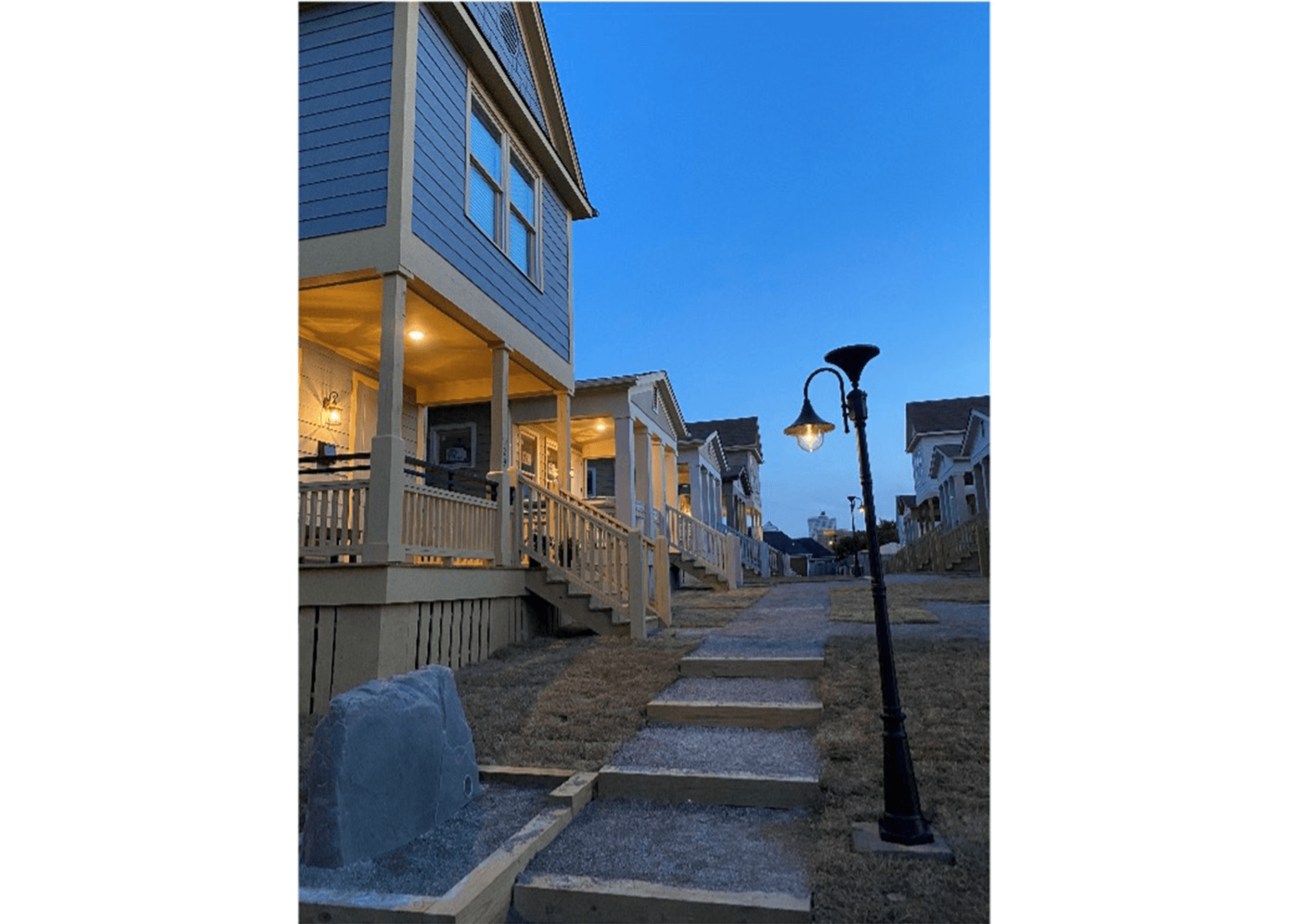Like most jurisdictions in the US, Memphis and Shelby County relies on the International Code Council’s standard codes for setting construction regulations.
Currently, the International Building Code defines many missing middle building types, such as triplexes and fourplexes, as commercial construction, because they cross over the three unit or more threshold defined in the code. Following this more restrictive code can often undermine the financial feasibility for a missing middle project. Recognizing standard codes don’t always address the economics of a building type, planners and code officials in Memphis and Shelby County set out to amend these codes locally as part of the 2021 update.
The idea for making this change came out of the City’s Memphis 3.0 Comprehensive Plan. During the process, a partnership between the City and a consultant team led by Opticos Design, planners looked at a number of ways code restrictions prevent the development or redevelopment of walkable, urban communities. Plan recommendations addressed street widths and curb radii regulated by the Fire Code, use and lot sizes regulated by the zoning code, and building types regulated by construction codes.

Earlier this year, Jones cut the ribbon on the first phase of the Malone Park Commons development, a collection of missing middle housing types just north of Downtown Memphis.
Jones and his brother Curtis own Jones Urban Development, a real estate development and general contracting company that focuses on infill missing middle housing in walkable neighborhoods. The first phase of Malone Park Commons features eleven cottage-court style residences which moved through the regulatory process more smoothly than two proposed live-work buildings and four quadplexes, in part given the differences in applying the commercial code rather than the residential code. Jones drew on these experiences to help make the case as a member of the city and county’s Building Code Advisory Board for the local amendment. Support also came from the West Tennessee Homebuilders Association and local architects.
The proposal did not go forward without concerns, particularly related to fire prevention measures and structural concerns. For jurisdictions who may want to follow Memphis and Shelby County’s lead, these issues will likely be common concerns raised. Gaining compromise between planners, code officials, fire officials, and builders will be important for any community seeking to address missing middle housing in their building codes, as well as for advocates of missing middle housing who may be interested in advancing a similar code change in the ICC standard codes in a future release.
This is an extremely important and precedent-setting move by the Memphis and Shelby County to remove one of the largest barriers that exists for the delivery of Missing Middle Housing. By establishing this precedent, I hope many other cities across the country follow their lead and make this important change to their local building code. It is absolutely necessary for cities and counties to deliver more attainable housing.
— Daniel Parolek, Opticos Design
Below are some of the highlights of the changes made by Memphis and Shelby County:
- Modify the scope and definitions of the IBC and IRC to apply the residential code and all subject provisions to 3- to 6-unit structures.
- Remove the sprinkler requirement for buildings with 2-hour fire rated walls and floor/ceiling assemblies.
- Limit public spaces to shared means of egress, but allow upper floor residences to share common egress.
- No longer require separate mechanical, electrical, and plumbing drawings.
- Consider how seismic provisions should apply differently to one- and two-family structures versus 3- to 6-unit structures.
For more information, visit Memphis and Shelby County Division and Planning and Development.